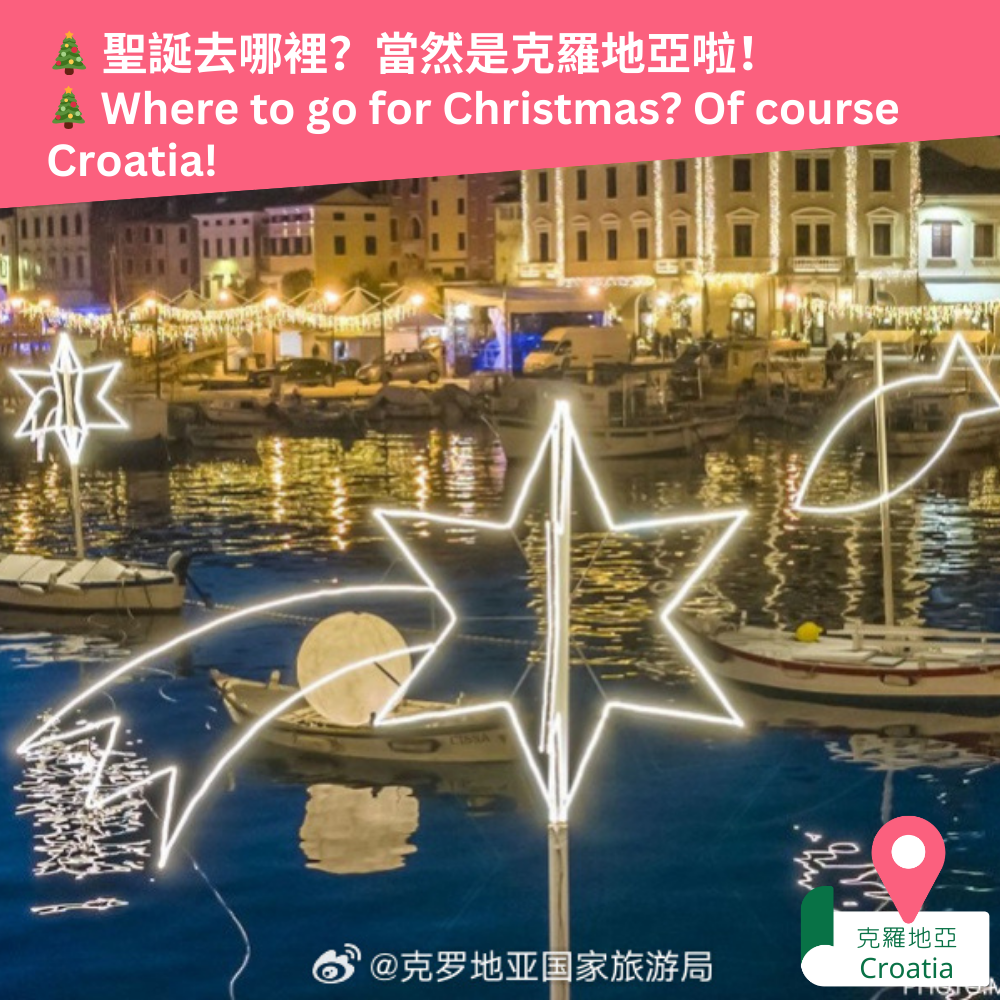Discover the Croatian capital city as a tourist
 Weather forecast of Croatia
Weather forecast of Croatia





Share the article:
Recommended Related Article:
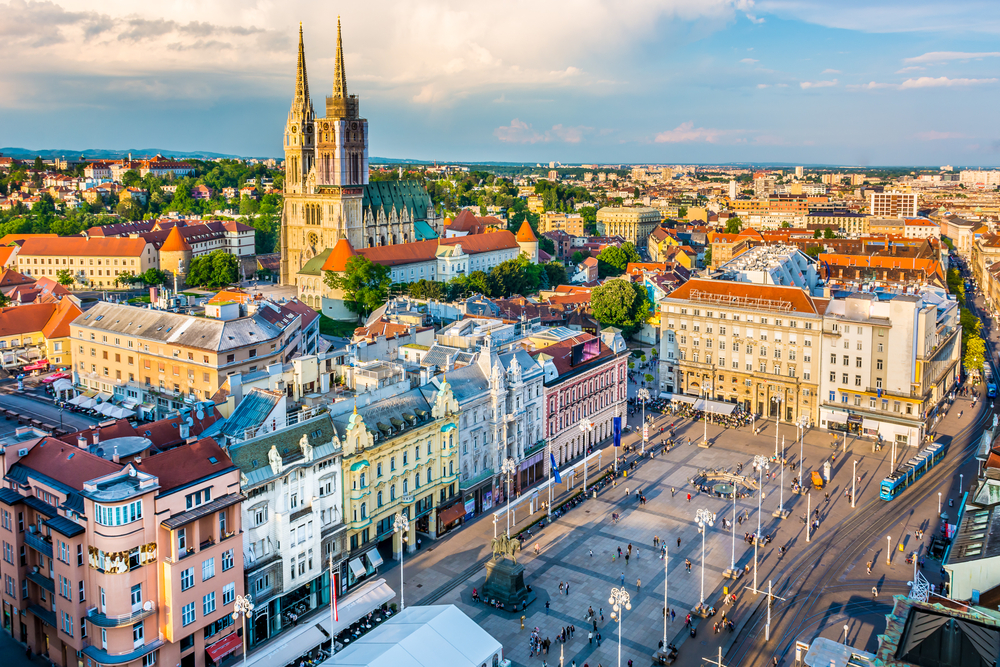
Discover the Croatian capital city as a tourist
As the capital of Croatia, Zagreb is home to many historical attractions, museums and beautiful oases that will keep travellers coming back for more. It is one of the oldest cities in Central Europe and is the perfect combination of rich heritage, lively pace of street life and numerous attractions that will awaken all your senses. Let's follow 【GreaterGo】 to explore the city.

St. Mark’s Church
If there is one building to represent Zagreb, St. Mark’s Church will undoubtedly be the one. Why? Visitors come for two apparent reasons: The coat of arms of Croatia and Zagreb on the church’s roof, and the importance of the church in history.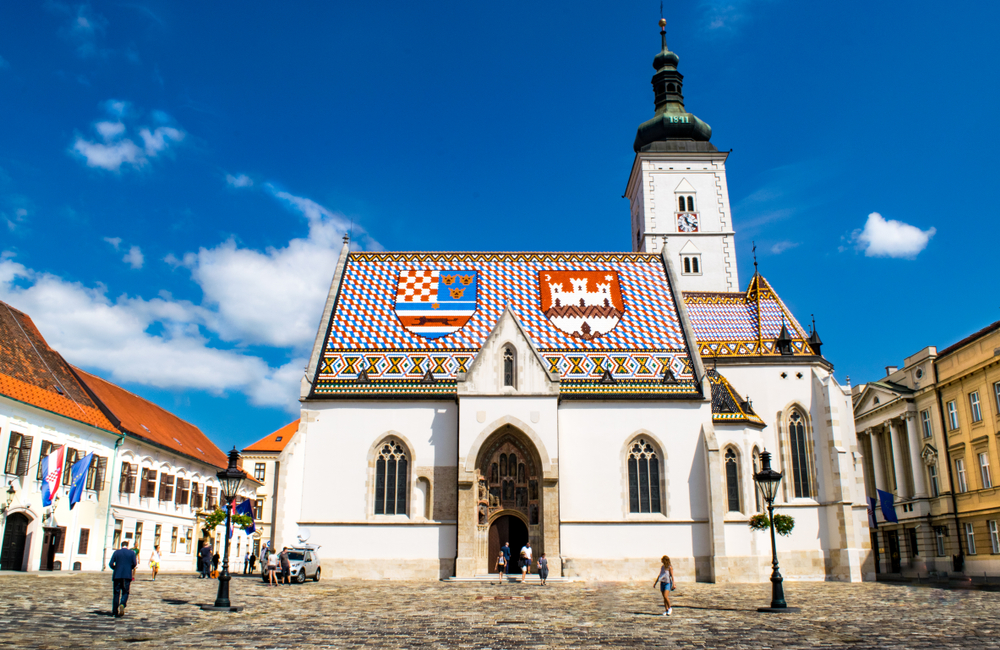
St. Mark’s Church was built in the 13th century and has been the administrative centre of Zagreb since then. The City Council still holds meetings at the church. Although it was radically reconstructed and turned into Gothic style, the Romanesque window in its south facade is still well kept. On the northwest wall of the church lies the oldest coat of arms of Zagreb, which stands in nice contrast with the present one on the roof. St. Mark’s Square, which is where the church is located, is one of the most significant squares of the city, and attracts an influx of visitors every day.
Ban Jelačić Square
Most of the central squares in European cities stand the statues of their prominent historical figures. In Moscow, the statue of the Soviet General Zhukov stands next to Red Square. In Brussels, Place Royale is home to the statue of Godfrey of Bouillon, the leader of the First Crusade. In Zagreb, there is the statue of Ban Josip Jelačić standing in the central square named after him.

This Ban of Croatia became the hero of the nation after he led Croatia out of the control of the Austrian Empire. The central square was then named after the ban in honour of his remarkable achievement. “He” is holding a sword on a horse to guard this city with the momentum of commanding thousands of troops. Most of the buildings around the square are in classic style, bringing to it a historical aura and a hint of the 19th century.
Dolac Market
The market is a miniature of city life. The interactions of people are some of the beautiful scenery in the market. Thousands of red umbrellas filled the Dolac Market, making it easily recognised. These unique red umbrella was originally part of the folk accessory in the Šestine region dated back in the mid-18th century. Nowadays they have become popular backdrops of postcards and tourism advertisement of Croatia.
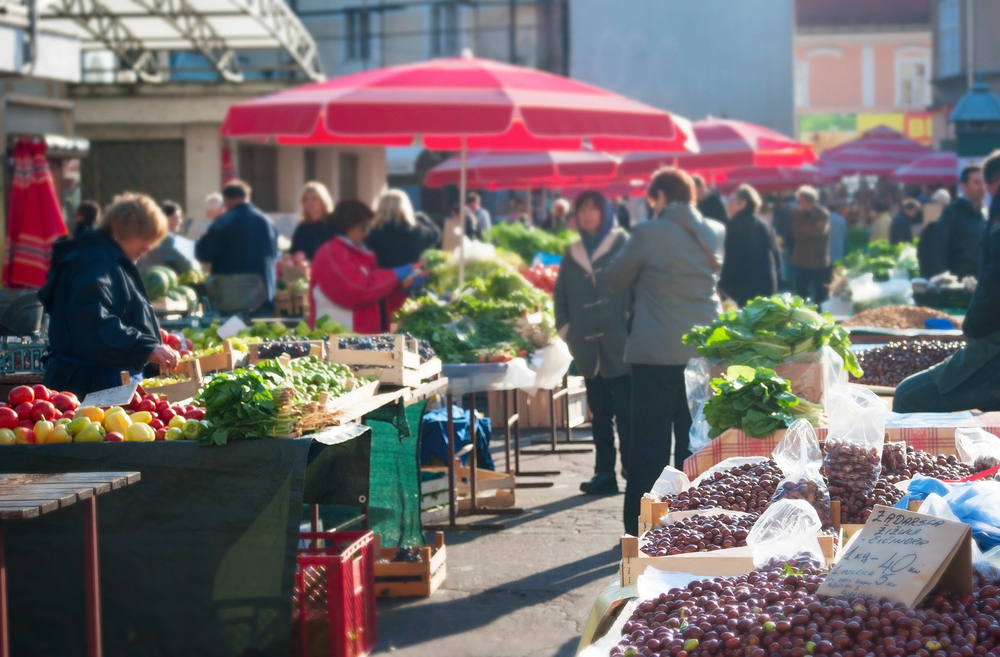
Dolac Market witnessed a few hundred years of history of Zagreb, including the Mongol invasion and the Second World War. The statue of a traditional farm lady and the old photos at a corner of Dolac Market are some evidence showcasing how much it preserves the olds till today. Stall owners are still using traditional scales for measurement, and you can still find vendors selling the same foodies such as fresh fruits, vegetables, jam and honey like before, all under the same red umbrellas. Fish products caught from the Adriatic Sea are sold in the indoor market. The biggest change may probably be the surge in the number of tourists. After browsing through your favourite stalls, don’t forget to try out the specialty gingerbread, and get yourself a red umbrella, checked necktie and fountain pen as souvenirs!
Grič Tunnel
Wandering along the bustling streets in Zagreb, it is hard to imagine that the city was once a war field. The Second World War and the Croatian War of Independence brought to the city numerous barrages. Air-raid shelters were then built to protect civilians from frequent bombings. Most of these shelters were abandoned after the wars, while some of them became underground passages for pedestrians. Among those kept, there is one shelter that was redefined and turned into a special and buzzing place - Grič Tunnel.
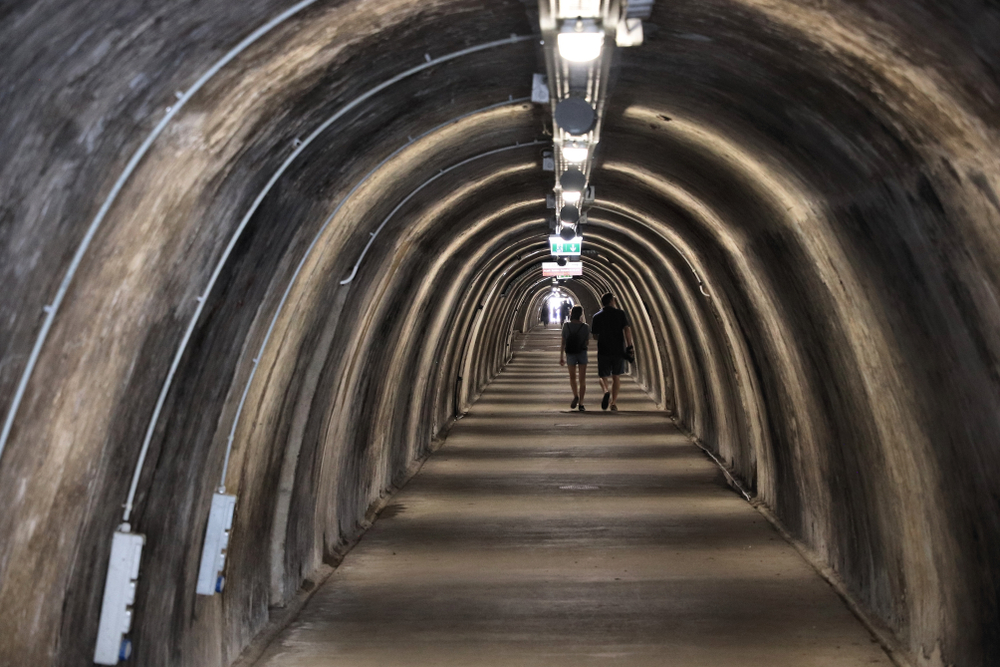
When the underground party culture was introduced to Croatia from the West, the Grich Tunnel became a perfect spot because of its seclusion. Later on, its cultural value has allured people to transform it into a site that houses temporary exhibitions, rave parties, events celebrating the Advent season and more that attract global visitors. It is a popular spot for hipsters and undoubtedly, a good example of heritage revitalisation.
Mirogoj Cemetery
Most people would avoid cemeteries, while a few would see it as one of the best places to learn about the history of a city. An epitaph inscribed on a tombstone is the history of both the deceased person as well as the city. Mirogoj Cemetery is where you can look into the history of Zagreb, and enjoy the beauty of architecture.
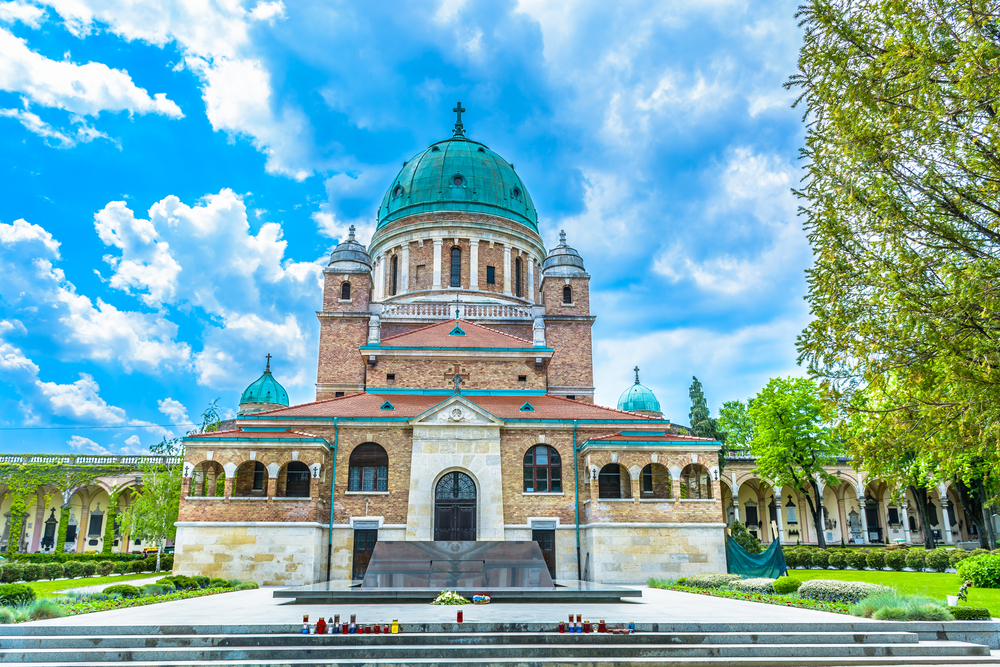
Mirogoj Cemetery is more like a tranquil park than a cemetery. The cemetery sitting at the foot of Mount Medvednica was designed by an Austro-Hungarian architect Hermann Bollé. It is the resting place of a number of Croatian celebrities and notable families. Divided into four zones, the cemetery inters irreligious members and of all religious groups such as Muslim, Jewish, Orthodox and Catholic. The vines climbing all over the exterior wall turn green in summer and gold in autumn. Take an afternoon walk in this outdoor architectural museum-like cemetery, and read about the stories of different people from the epitaphs. It would possibly be a meaningful life lesson.
Recommended Related Article:




